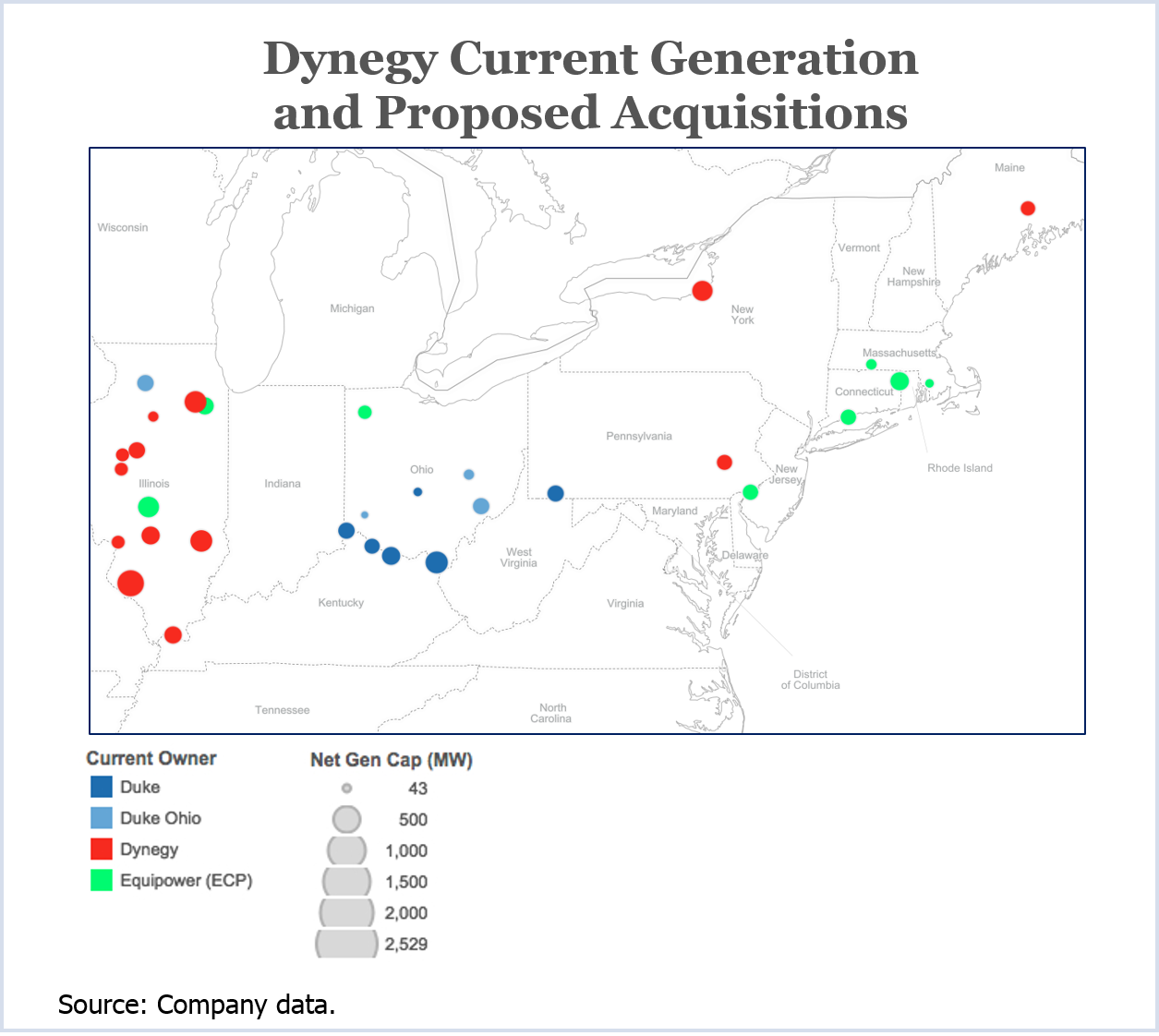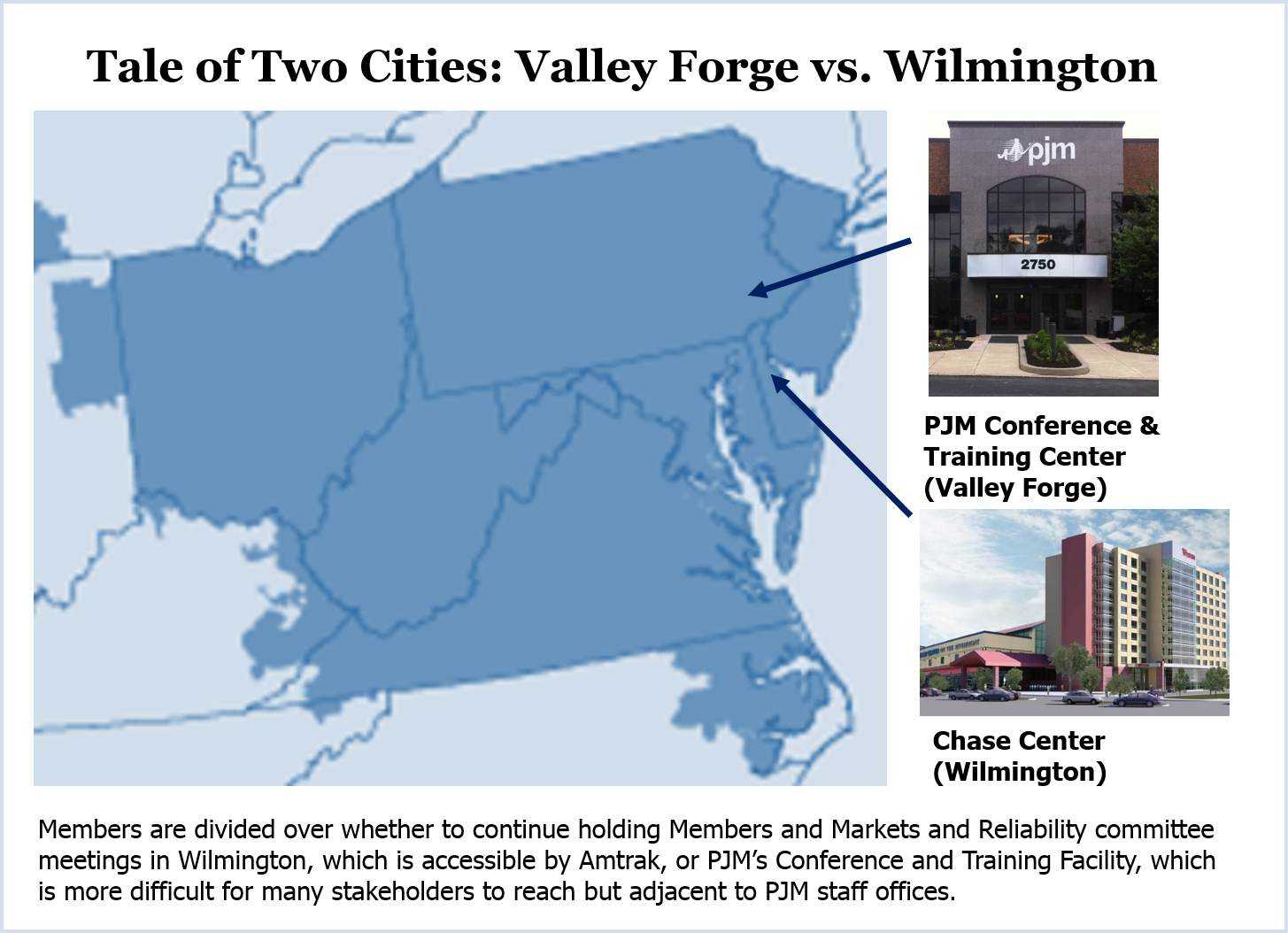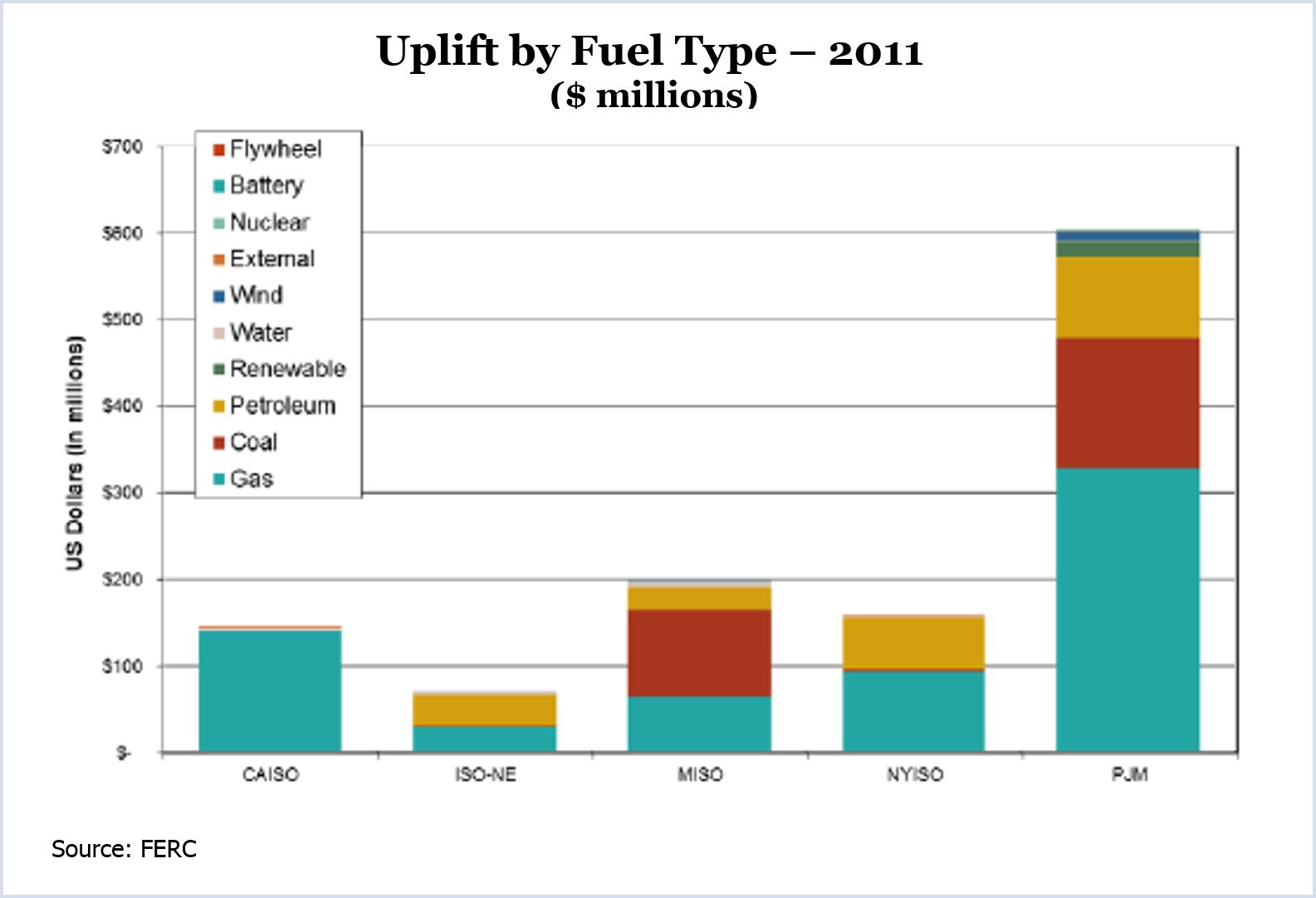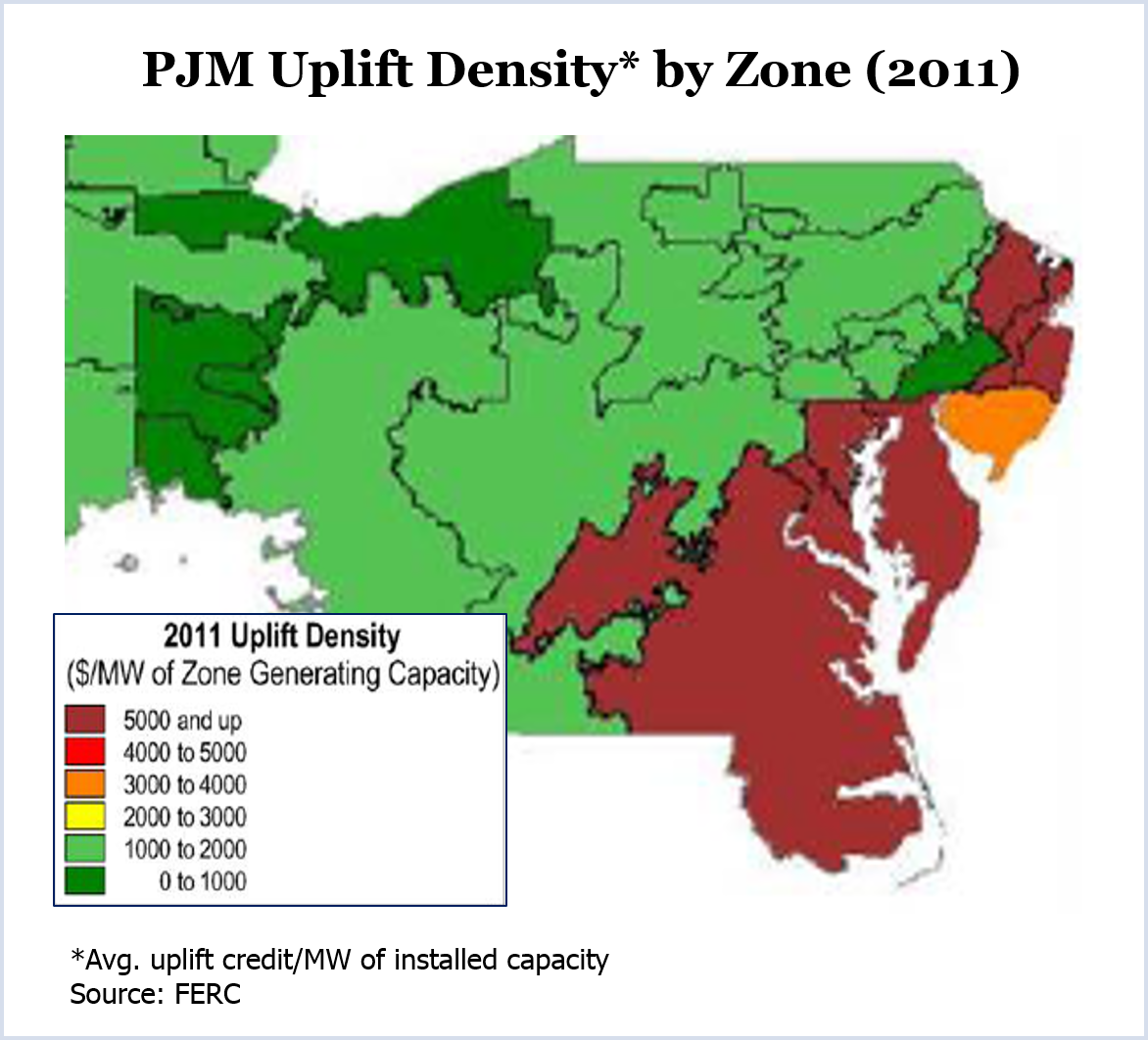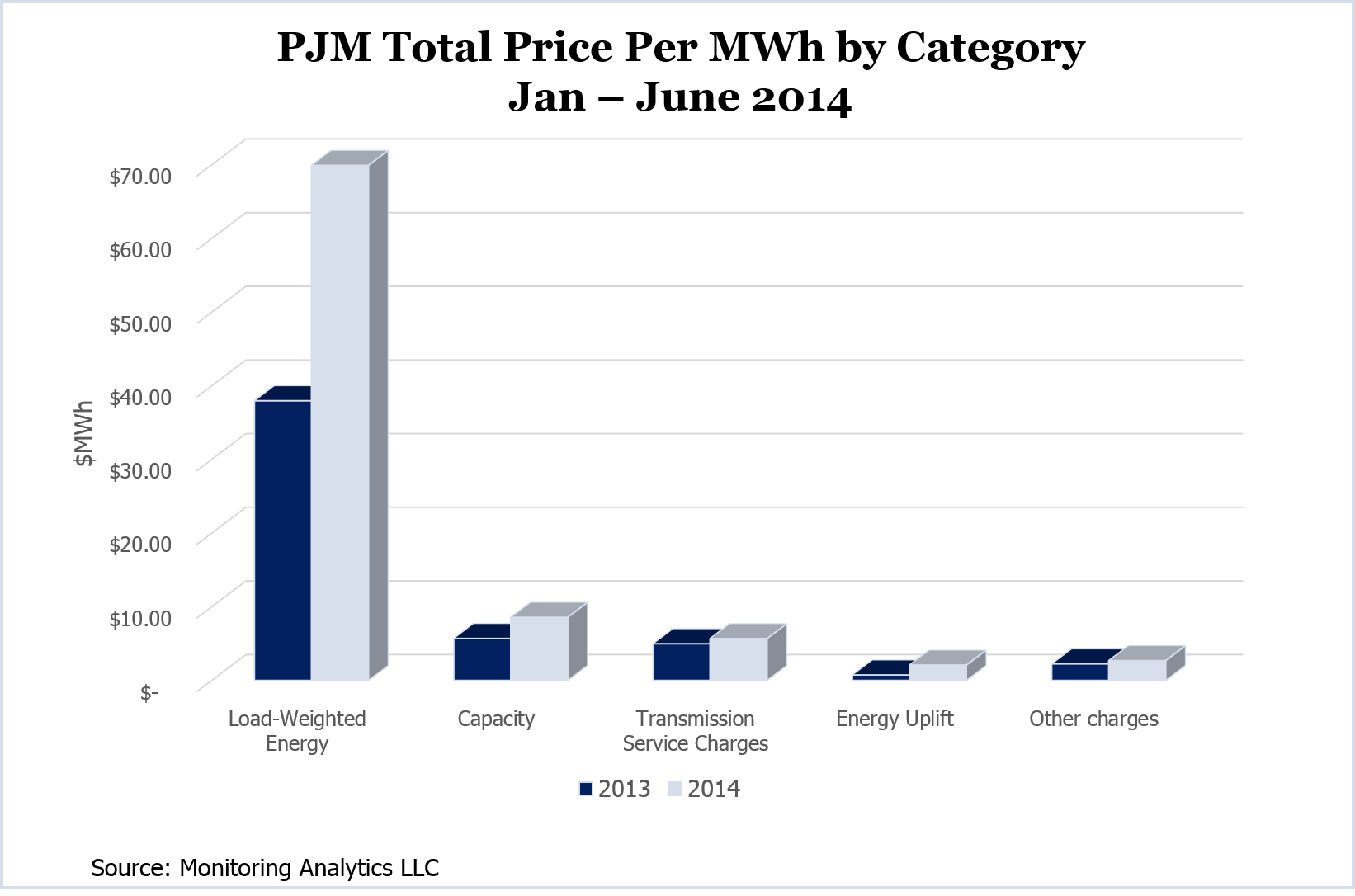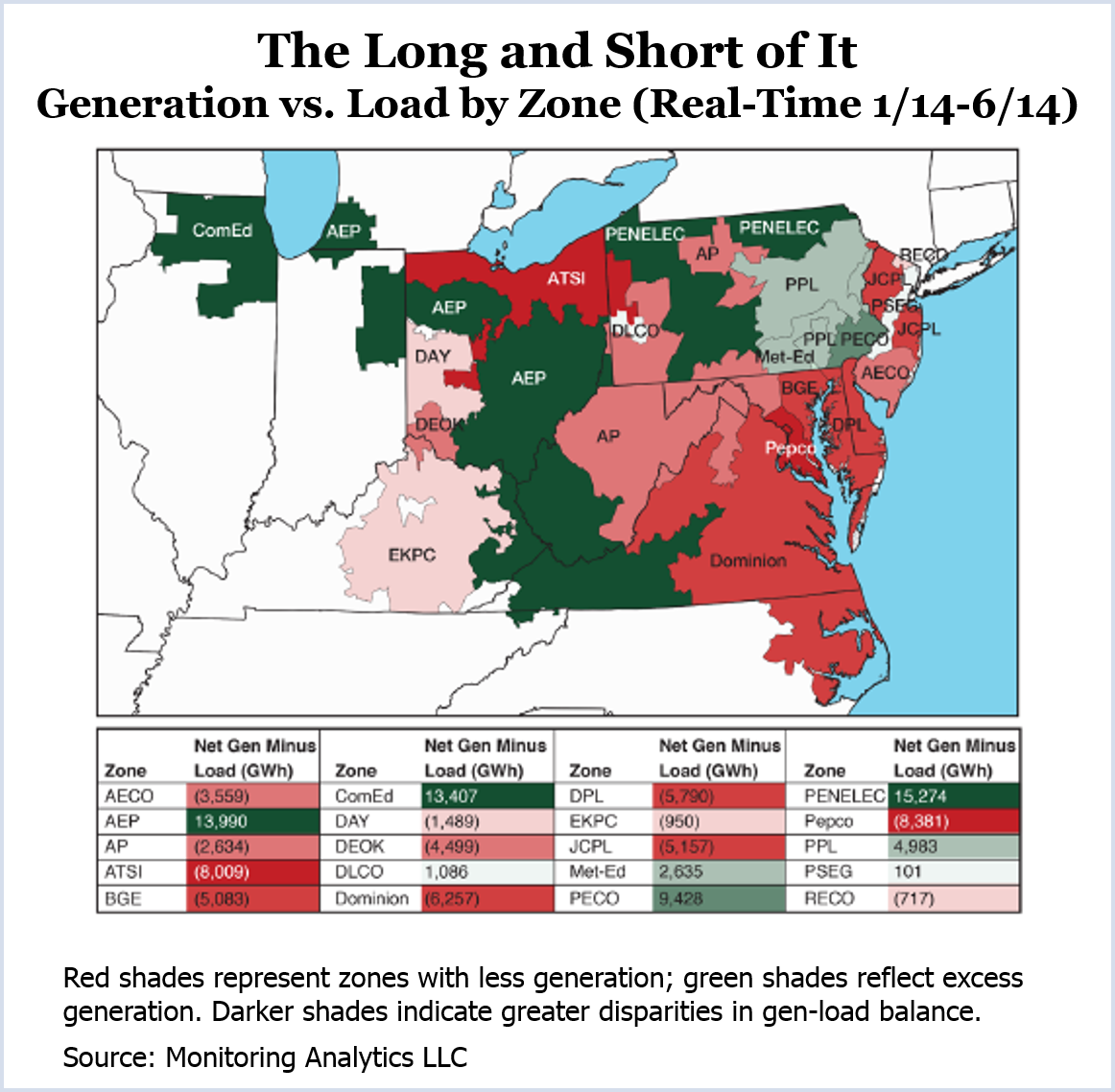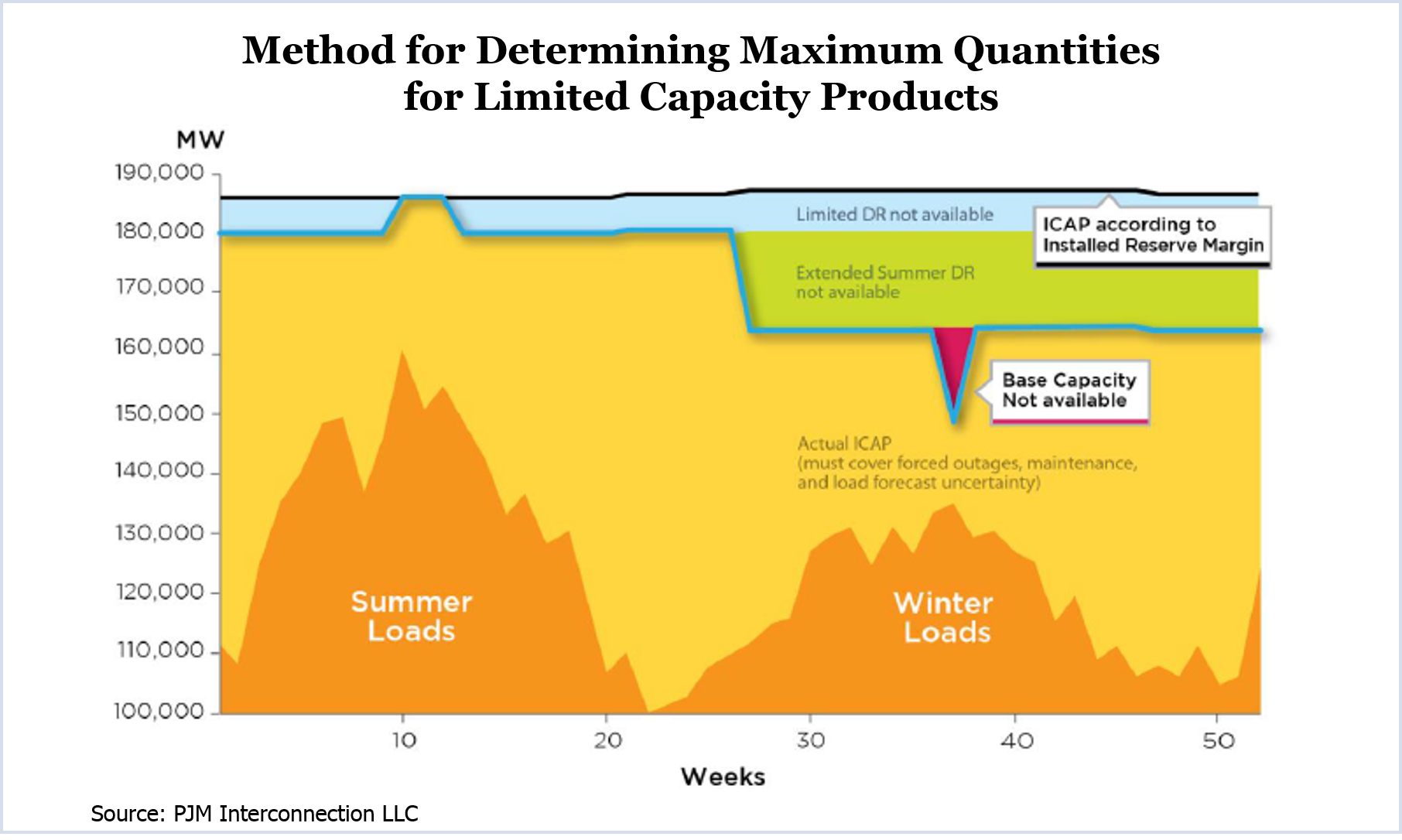By Rich Heidorn Jr.
WASHINGTON — A federal appellate court Friday upheld the Federal Energy Regulatory Commission’s landmark Order 1000, rejecting arguments from those who claimed FERC exceeded its authority and those who complained it didn’t go far enough.
A three-judge panel for the D.C. Circuit Court of Appeals unanimously rejected challenges to FERC’s jurisdiction and claims that allowing competition in transmission development will harm reliability, saying it found them “unpersuasive.”
The 97-page order by Judges Thomas B. Griffith, Nina Pillard and Ann Wilson Rogers was a complete vindication for the commission and a shutout for challengers.
The ruling responded to challenges from 45 petitioners and considered input from 16 intervenors. The main threat to the order came from challengers in the Southeast and West who alleged the commission exceeded its authority under the Federal Power Act in requiring that public utility transmission providers participate in regional transmission planning, and in eliminating incumbent transmission providers’ monopoly on building and running transmission.
The court found that FERC had authority under Section 206 of the FPA to require:
- Transmission providers participate in a regional planning process;
- Removal of federal rights-of-first-refusal provisions “upon determining they were unjust and unreasonable practices affecting rates;” and
- The allocation of the costs of new transmission facilities based on forecasted benefits.
In addition, the court found that:
- There was “substantial evidence of a theoretical threat to support adoption of the reforms” in Order 1000;
- FERC “reasonably determined that regional planning must include consideration of transmission needs driven by public-policy requirements;” and
- FERC “reasonably relied upon the reciprocity condition to encourage non-public utility transmission providers to participate in a regional planning process.”
FERC Chairman Cheryl LaFleur said she was pleased with the ruling. “Our nation needs substantial investment in transmission infrastructure to adapt to changes in its resource mix and environmental policies,” she said in a statement. “Order No. 1000 is critical to the commission’s efforts to support efficient, competitive and cost-effective transmission.”
Order 1000, issued in July 2011, changed the process for planning and paying for new regional and interregional transmission lines. It also allows independent developers to compete with traditional utilities in building new lines.
The ruling was not a surprise for those who attended oral arguments in the case in March. The judges questioned attorneys seeking to overturn the order far more aggressively — and interrupted them far more often — than they did when responding to FERC’s attorneys. (See Appellate Court Skeptical of Order 1000 Challengers.)
Below is a summary of the issues raised by the challengers and the court’s response.
MANDATORY REGIONAL PLANNING
Petitioners led by the South Carolina Public Service Authority alleged the commission lacks authority to mandate transmission planning because the FPA only allows FERC “to regulate existing voluntary commercial relationships.” As precedent, the petitioners cited the D.C. Circuit’s 2004 ruling that invalidated FERC’s attempt to change the composition of the California ISO board of directors.
The court said Order 1000 was justified by the commission’s concern that a lack of competition would lead to higher costs for new transmission needed to address environmental, economic and reliability concerns.
“Reforming the practices of failing to engage in regional planning and ex ante cost allocation for development of new regional transmission facilities is not the kind of interpretive ‘leap’ that concerned the court in CAISO but rather involves a core reason underlying Congress’ instruction in Section 206” to remedy unjust or unreasonable rates and practices, the court said.
Petitioners embraced a “false premise” that commission-mandated transmission planning is new, the court said, citing prior commission Orders 890 and 888.
The judges also said the challengers mischaracterized “mandated transmission planning as mandating binding commercial relationships.”
The allegation that Order 1000 interferes with state regulation of planning “poses a closer question,” the court acknowledged. “But while petitioners’ argument is not without force, relevant precedent” supported FERC, the court ruled, saying “the commission possesses greater authority over electricity transmission than it does over sales.”
‘THEORETICAL THREAT’ BASIS FOR ORDER 1000
Opponents said the commission failed to provide evidence needed to justify the rule and that it was improperly seeking to change already just and reasonable planning practices.
The commission justified Order 1000 on the “theoretical threat” that “the narrow focus of current planning requirements and shortcomings of current cost allocation practices create an environment that fails to promote the more efficient and cost-effective development of new transmission facilities.”
The court said the challengers “misconceived the nature of the commission’s evidentiary burden.”
It backed FERC’s conclusion that Order 890 was insufficient to ensure just and reasonable rates because it did not require transmission providers to consider regional transmission alternatives that might be more cost effective than solutions identified in local transmission plans.
The challengers’ contention that FERC had failed to recognize that electric transmission is a natural monopoly “misconceives the basis for the competitive benefits predicted by the commission,” the court said. It cited antitrust literature that concludes that competition for a natural monopoly can be beneficial.
“Even in a naturally monopolistic market, the threat of competitive entry (e.g., through competitive bidding) will lead firms to lower their costs, which thereby generally lowers cost-based utility rates,” the court said.
REMOVAL OF FEDERAL RIGHTS OF FIRST REFUSAL
Public Service Electric and Gas and other incumbent transmission owners contested Order 1000’s requirement that utilities eliminate from their tariffs and agreements certain rights of first refusal (ROFR). ROFRs give incumbents the option to construct any new transmission facilities in their service territory, even those proposed by third parties.
Continuing ROFRs would discourage non-incumbents from identifying cost-efficient projects, resulting in the development of transmission facilities “at a higher cost than necessary,” the commission said.
The challengers said the commission should be required to provide evidence that existing ROFRs were adversely affecting rates. Such evidence did not exist, they contended, because awarding projects to non-incumbents would mean the loss of economies of scale and scope.
The incumbents also contended that eliminating ROFRs would undermine reliability because non-incumbents might lack the financial backing or technical expertise to complete essential projects on time.
The court said FERC properly addressed reliability concerns by continuing ROFRs for projects that would be located entirely within a utility’s service territory and would not be subject to regional cost allocation.
The challengers also said there was only a tenuous relationship between the incumbents’ monopolies and rates. As a result, they contended, FERC lacked authority to remove them under Section 206, which is limited to practices “affecting” a rate.
The court again made a distinction between Order 1000 and the CAISO case cited by opponents.
“The relationship between rights of first refusal and rates is far more direct than the relationship between corporate governance and rates. Nothing suggests that replacing the members of a board will necessarily affect rates. … The challenged orders here provide what was lacking in CAISO: an economic principle that directly ties the practice the commission sought to regulate to rates.”
The court also rejected arguments that differences between the FPA and the Natural Gas Act (NGA) undercut FERC’s jurisdiction.
While the NGA contains a provision analogous to FPA Section 206 that gives the commission authority to regulate practices affecting rates, it also contains a separate provision expressly authorizing the commission to regulate the construction of natural gas pipelines. The FPA does not include a similar provision regarding construction of electric transmission.
The court said it found the petitioners’ argument “unconvincing,” concluding that Section 206 does not “unambiguously” limit the commission’s authority.
“We think that the commission’s reading of Section 206 is reasonable. Petitioners give us no persuasive reason to think otherwise,” the court ruled. “…The challenged orders take great pains to avoid intrusion on the traditional role of the states.”
The court also rejected complaints that the ROFR removal violates the Mobile-Sierra doctrine, which presumes that freely negotiated wholesale-energy contracts are just and reasonable unless found to seriously harm the public interest.
Some petitioners argued that the commission unlawfully deprived them of their rights of first refusal without first making the finding required to rebut the Mobile-Sierra presumption. The court said FERC had committed to hearing the petitioners’ Mobile-Sierra arguments when it reviews the new tariffs utilities must file to comply with Order 1000.
COST ALLOCATION
Order 1000’s cost allocation rules came under fire from both sides, with some challengers accusing FERC of overstepping its authority, and ITC Holdings and others urging stronger measures.
The court said the commission had used a “light touch” in requiring that the costs of new transmission are allocated to beneficiaries while leaving the details to transmission providers.
ITC contended Order 1000 is inconsistent with the commission’s cost causation principle because it required interregional transmission lines to be approved by each transmission planning region in which the line is located.
The commission acknowledged that its rule “may lead to some beneficiaries of transmission facilities escaping cost responsibility because they are not located in the same transmission planning region as the transmission facility.”
FERC said it went this route because “allowing one region to allocate costs unilaterally to entities in another region would impose too heavy a burden on stakeholders to actively monitor transmission planning processes in numerous other regions.”
The court said it would not second guess the commission’s compromise. “The commission’s balancing of the competing goals of reducing monitoring burdens and adopting policies that ensure that cost allocation maximally reflects cost causation is wholly reasonable under the deferential review we accord in rate-related matters.”
PUBLIC POLICY REQUIREMENT
FERC faced three challenges to its requirement that transmission planners account for federal, state and local laws and regulations, such as renewable portfolio standards.
One faction said FERC exceeded its authority while a second said FERC should have required transmission planners to consider the needs of load serving entities. A third said the rule was too vague, leaving transmission providers unable to determine what is required of them.
“None [of the arguments] is persuasive,” the court ruled, saying they were based on misunderstandings of the rule.
The court said those challenging FERC’s jurisdiction “seem to argue that the commission can only exercise authority to promote goals specified in the FPA and that the public-policy mandate cannot be justified with respect to any of those goals.”
“This argument misunderstands the nature of the mandate. It does not promote any particular public policy or even the public welfare generally. The mandate simply recognizes that state and federal policies might affect the transmission market and directs transmission providers to consider that impact in their planning decisions.”
RECIPROCITY
The commission was also attacked from two sides for its requirement that non-public utility transmission providers that want access to a public utility’s transmission lines must participate in transmission planning and cost allocation. Non-public utilities, such as municipal utilities and rural cooperatives, are not subject to Section 206 of the FPA, and thus not directly covered by Order 1000.
One group of challengers said the commission lacked justification for expanding the reciprocity conditions of Orders 890 and 888 to include planning and cost allocation. The Edison Electric Institute said the commission should have mandated the participation of non-public utilities in planning and cost allocation.
“Both contentions miss the mark,” the court said, saying the commission’s conditional requirement for non-public utilities had “a reasoned and adequate basis.”
The reciprocity condition in Order 1000 “is fundamentally the same [as that required by Orders 888 and 890]. … The current orders simply apply that principle to transmission planning and cost allocation,” the court continued.
“The commission provided an adequate justification for that change — namely, that non-public utilities that take service from public utilities will benefit greatly from the reforms announced in the Final Rule, because ‘a well-planned grid is more reliable and provides more available, less congested paths for the transmission of electric power in interstate commerce.’”
